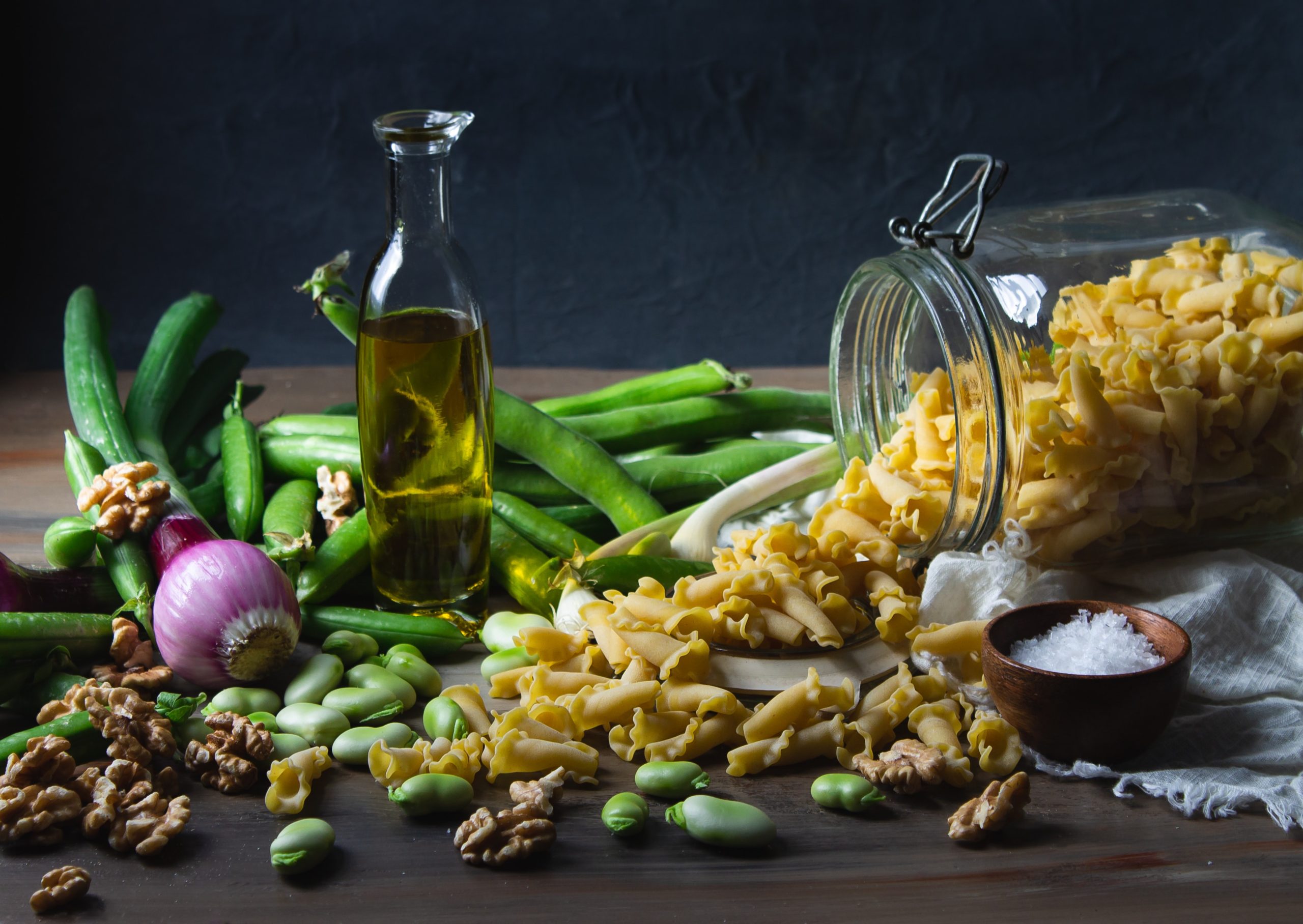As the weather warms up and spring blooms in Rome, the city’s markets and restaurants are filled with the vibrant colors and flavors of the season. One ingredient that dominates the culinary scene in May is the fava bean, a staple of Roman cuisine with a complex history and cultural significance.
The fava bean, or “baccelli” in Italian, has been cultivated in Italy since ancient times and is believed to have been introduced by the Etruscans. It is a hardy legume that thrives in the Mediterranean climate and has long been a source of sustenance for the people of Rome.
In Roman cuisine, the fava bean is used in a variety of dishes, from soups and stews to salads and pasta dishes. One of the most famous fava bean dishes is “pasta con le fave,” a simple yet flavorful pasta dish made with fresh fava beans, pancetta, and pecorino cheese.
However, the relationship between Rome and the fava bean is not always a harmonious one. In fact, the fava bean has a complicated history in the city, with both positive and negative connotations.
On the one hand, the fava bean has been a symbol of resilience and survival for the people of Rome. During times of famine and hardship, the fava bean was often the only source of sustenance available, and it became a symbol of the city’s ability to endure and overcome adversity.
In fact, the fava bean is so closely associated with the city’s history that it is often referred to as the “poor man’s meat” or the “grain of the Romans.” It is a humble ingredient that has played a significant role in the city’s culinary and cultural traditions.
On the other hand, the fava bean has also been associated with negative connotations in Rome. In the Middle Ages, the fava bean was believed to be a food of the devil and was avoided by many people. It was also associated with death and mourning, as it was often served at funeral banquets.
In more recent times, the fava bean has been linked to a controversial political movement in Rome. In the 1970s, a group of left-wing activists known as the “Brigate Rosse” (Red Brigades) used the fava bean as a symbol of their movement. They would leave fava beans at the scenes of their crimes as a way of taunting the authorities and asserting their political ideology.
Despite these negative associations, the fava bean remains a beloved ingredient in Roman cuisine, and May is the peak season for this versatile legume. In the city’s markets, vendors sell fresh fava beans by the kilo, and restaurants feature fava bean dishes on their menus.
One of the most popular fava bean dishes in Rome is “fave e pecorino,” a simple yet delicious appetizer made with fresh fava beans and pecorino cheese. The dish is typically served with a drizzle of olive oil and a sprinkle of black pepper, and it is a perfect example of the simple yet flavorful cuisine that Rome is known for.
Another popular fava bean dish is “fave alla romana,” a stew made with fava beans, artichokes, and pancetta. The dish is hearty and filling, and it is a perfect comfort food for the cool spring evenings in Rome.
For those who want to try their hand at cooking with fava beans, there are plenty of recipes available online. From pasta dishes to soups and stews, there are endless possibilities for incorporating this versatile ingredient into your cooking.
In conclusion, the fava bean is a complex and multifaceted ingredient that has played a significant role in the culinary and cultural traditions of Rome. While it has been associated with both positive and negative connotations throughout history, it remains a beloved ingredient in the city’s cuisine, particularly in the month of May. Whether you are a seasoned chef or a curious foodie, the fava bean is an ingredient that is worth exploring and celebrating.




